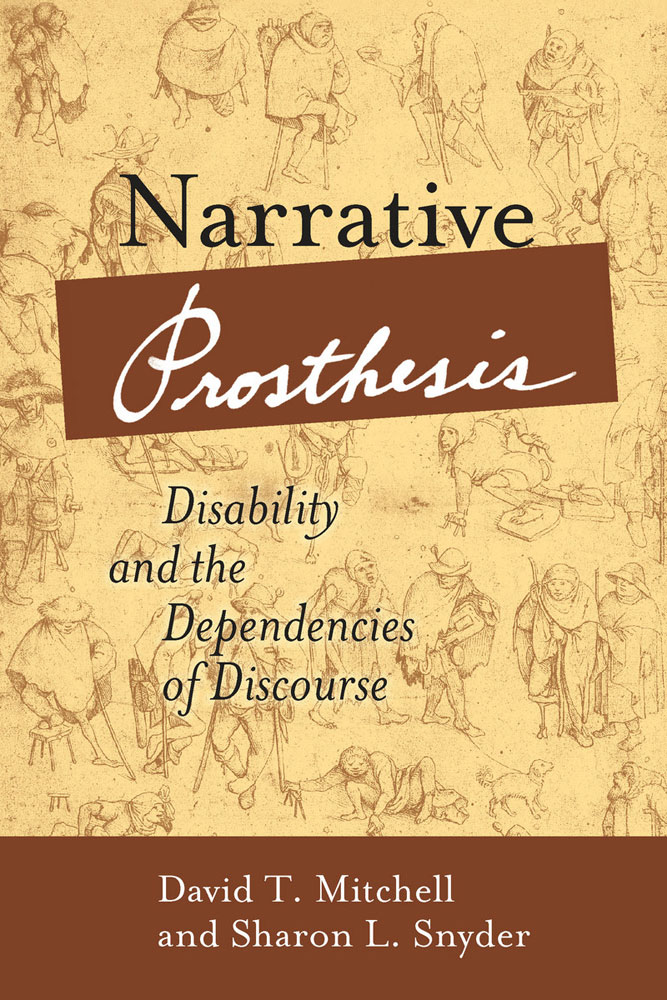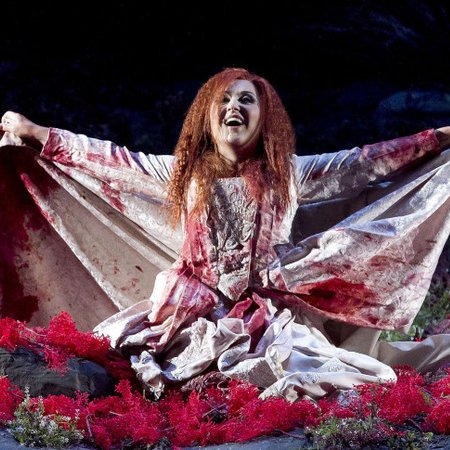The persistent use of disability as a narrative device in literature, film, and television has been well documented by disability theorists. Stories about disability in cultural productions document society’s reaction to and treatment of people with disabilities, and opera is by no means an exception.
Blake Howe has curated a database of musical representations of disability from 1400 to the present day. The central aim of the database is to demonstrate ‘the pervasiveness of disability within musical discourses’. You can view the database here.
Each example of a representation of disability in music into one of the following categories:
- addiction
- cognitive impairment
- disease
- disfigurement
- hearing impairment
- infertility
- mental disorder
- mobility impairment
- visual impairment
- vocal disfluency
Howe includes a note about these categories:
“To group similar disabilities together, the database uses mostly medical terminology, and in many instances this compresses a complex representation of bodily difference to one reductive label. This is an inherent problem in typologies such as this; users should consider these entries as starting points for their research, not as concrete diagnoses.”
The database does include some entries that might be thought of as problematic in this sense, or even challenged because they might not be considered to be disabilities. Nevertheless, this database is a valuable resource for anyone with an interest in disability in music.
The entries include representations of disability in various genres encompassing concert music, stage music, and popular music. There are some repetitions and subcategories (such as operetta, which I have included under the ‘opera’ label), but I have identified 15 included genres.
The data reveals that the predominance of disability representation in opera is striking, to say the least.
Disability in music (1400-2014) by genre

Disability in opera (1640-2001) by type of impairment

For the sake of my analysis, I’ve categorised the types of impairment more broadly as follows:
- Sensory impairment (hearing and vision impairment)
- Physical impairment (‘visible’ disabilities such as mobility impairment and disfigurement)
- Psychological impairment (including cognitive disorders and ‘madness’)
- Disease
- Infertility
- Vocal disfluency
(I have excluded ‘addiction’ here, simply because it only occurs a single time).
Again, these categories are not ideal, and whether or not certain examples included in the data actually constitute a type of disability is open to debate. This re-categorisation is by no means intended to be reductive, but instead, to help illustrate opera’s engagement with disabilities of varying types.
Disability in opera (1640-2001) by type of impairment

These broader categories give us a slightly clearer picture of what kinds of impairments are most commonly used in opera. Psychological impairments dominate, followed by sensory impairments and physical impairments.
The database also reveals trends regarding the types of disability that appear in opera narratives during certain periods.
Between 1700-1889, the database lists 63 representations of disability in opera. 30 of these examples (almost 48%) can be described as psychological impairments, whilst only 13 (20%) are physical.
Disability in opera (1700-1889) by type of impairment

The most common disabilities in the operas of the 18th and early-19th centuries were of a psychological nature.
This was the period in which the ‘mad scene’ developed to become an operatic staple. Think Elvira in Bellini’s I puritani (1835) and the title character in Donizetti’s Lucia di Lammermoor (1839).
Contrastingly, between 1890-1930, 14 out of 36 (almost 40%) fall into Howe’s categories of ‘mobility impairment’ and ‘disfigurement’.
Disability in opera (1890-1930) by type of impairment

This information suggests that the depictions of cognitive impairments and mental disorders that dominated opera stages in the 19th century gave way to a newfound fascination with a more ‘visible’ (and indeed, physical) form of disability. In particular, there seems to be a predominance of ‘hunchback’ and dwarf characters at this time.
This post has only just begun to scratch the surface. The ways in which disability is represented in opera are complex and multifaceted. These trends provide a starting point for beginning to think about disability representation in opera, and of course, how such depictions reflect the cultural context in which the works were composed.
The representation of disabled bodies within the arts – and specifically within an emotionally expressive art form such as opera – can provide insight into how disabled bodies are/have been perceived, and how value is/has been assigned within a particular culture. Widening the scope of musicological enquiry to include the key concepts of disability studies reveals historical, musicological and cultural insights into opera’s abundance of disabled characters.






